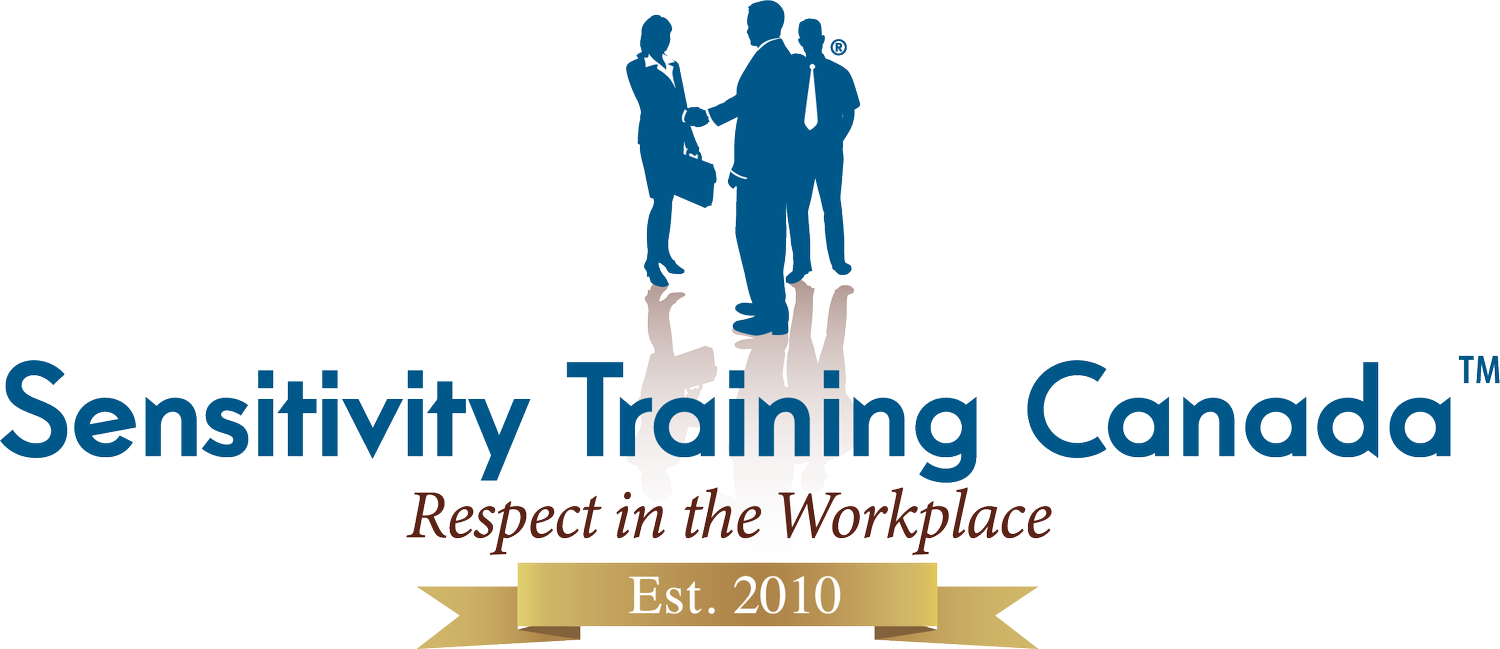Generations in the Workplace: From Stereotypes to Strengths
Modern workplaces are more diverse than ever, with Baby Boomers, Gen X, Millennials, and Gen Z all contributing unique perspectives and skills. While this diversity is a strength, it also creates opportunities for misunderstandings if not managed thoughtfully. Stereotypes like “Gen Z is entitled” or “Boomers resist technology” can create unnecessary friction.
The key to unlocking the potential of multi-generational teams is to move beyond these clichés and focus on shared goals. By understanding that each generation has been shaped by different experiences and communication styles, leaders can foster environments where these differences are seen as complementary rather than divisive. For example, older employees often bring strategic thinking and institutional knowledge, while younger employees offer creativity, fresh perspectives, and digital fluency.
Cross-generational mentorship programs are one effective way to bridge these gaps. When younger employees teach senior staff about emerging technologies while learning leadership and business acumen in return, everyone benefits. This type of mutual learning strengthens respect across age groups and enhances overall team performance.
Creating policies that respect all generations, such as flexible work arrangements, varied communication channels, and continuous learning opportunities, can also make a significant impact. Recognizing the contributions of each generation and celebrating their strengths fosters an inclusive culture.
When organizations move beyond generational stereotypes and instead leverage the diverse strengths of their workforce, they create teams that are more dynamic, innovative, and resilient.
The Sensitivity Training Canada
